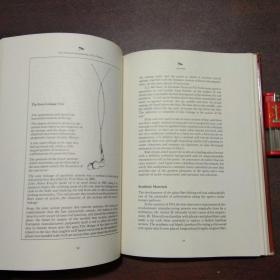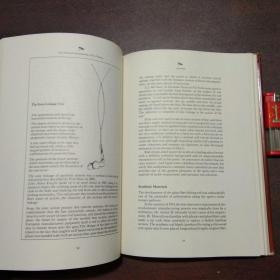Content:
Introduction: Fishing, an age-old pastime, has always been a favorite activity for enthusiasts around the world. Among the various techniques used in fishing, spinning rod casting stands out as a versatile and popular method. Whether you are a beginner or an experienced angler, mastering the art of spinning rod casting can significantly enhance your fishing experience. In this article, we will delve into the essential techniques for successful fishing using a spinning rod.
Choosing the Right Equipment: Before diving into the casting techniques, it is crucial to have the right equipment. Here are some key factors to consider when selecting a spinning rod:
a. Length: The length of the rod should be suitable for your fishing style and the type of fish you are targeting. Generally, longer rods provide better casting distance and control, while shorter rods are more versatile and easier to handle in tight spaces.
b. Action: The action of a spinning rod refers to how much it bends when pressure is applied. Fast-action rods are best for casting lighter lures and catching quick, energetic fish, while slow-action rods are ideal for heavier lures and more powerful fish.
c. Power: The power of the rod determines its ability to handle heavy lures and powerful fish. Light-power rods are suitable for small fish and delicate presentations, while heavy-power rods are designed for larger fish and heavier lures.
Attaching the Lure: Properly attaching the lure to your spinning rod is essential for successful casting. Here's how to do it:

a. Knot: Use a reliable knot, such as the Palomar Knot or the Improved Clinch Knot, to attach the lure to the fishing line. Make sure the knot is tight and secure.
b. Leader: A leader is a short length of line with a different diameter than the main line. It helps to reduce line twist and provides a better presentation. Attach the leader to the main line using a surgeon's knot or a loop-to-loop connection.
c. Lure: Choose a lure that matches the fish you are targeting and the conditions of your fishing spot. Attach the lure to the leader using a snap swivel or a lure keeper.
Basic Casting Techniques:
a. Backcast: Start by holding the rod with a firm grip, slightly bent at the elbow. Position the rod tip low and bring it back over your head, allowing the line to unravel smoothly. Once the line is fully retrieved, pause for a moment and then accelerate the rod forward to launch the lure.
b. Forward Cast: Begin with the rod tip low and the line slightly curved. Accelerate the rod forward, allowing the line to unwind and the lure to fly through the air. Keep your wrist firm and follow through with the rod to ensure a smooth cast.
c. Roll Cast: The roll cast is a great technique for casting into tight spots or when you need to cover a lot of water. Hold the rod tip low and make a small, tight loop with the line. As you accelerate the rod forward, the line will roll out and launch the lure.
Drills and Practice: To become proficient in spinning rod casting, it is essential to practice regularly. Here are some drills that can help improve your casting skills:
a. Casting from various angles: Practice casting from different angles to develop a more versatile casting style.
b. Distance casting: Focus on casting further distances to cover more water and reach your desired fishing spot.
c. Precision casting: Work on casting accurately to target specific areas or to avoid spooking fish.
Conclusion: Mastering the art of spinning rod casting requires patience, practice, and attention to detail. By selecting the right equipment, understanding basic casting techniques, and dedicating time to practice, you can significantly enhance your fishing experience. Remember, fishing is not just about catching fish but also about enjoying the serenity and beauty of nature. Happy fishing!












